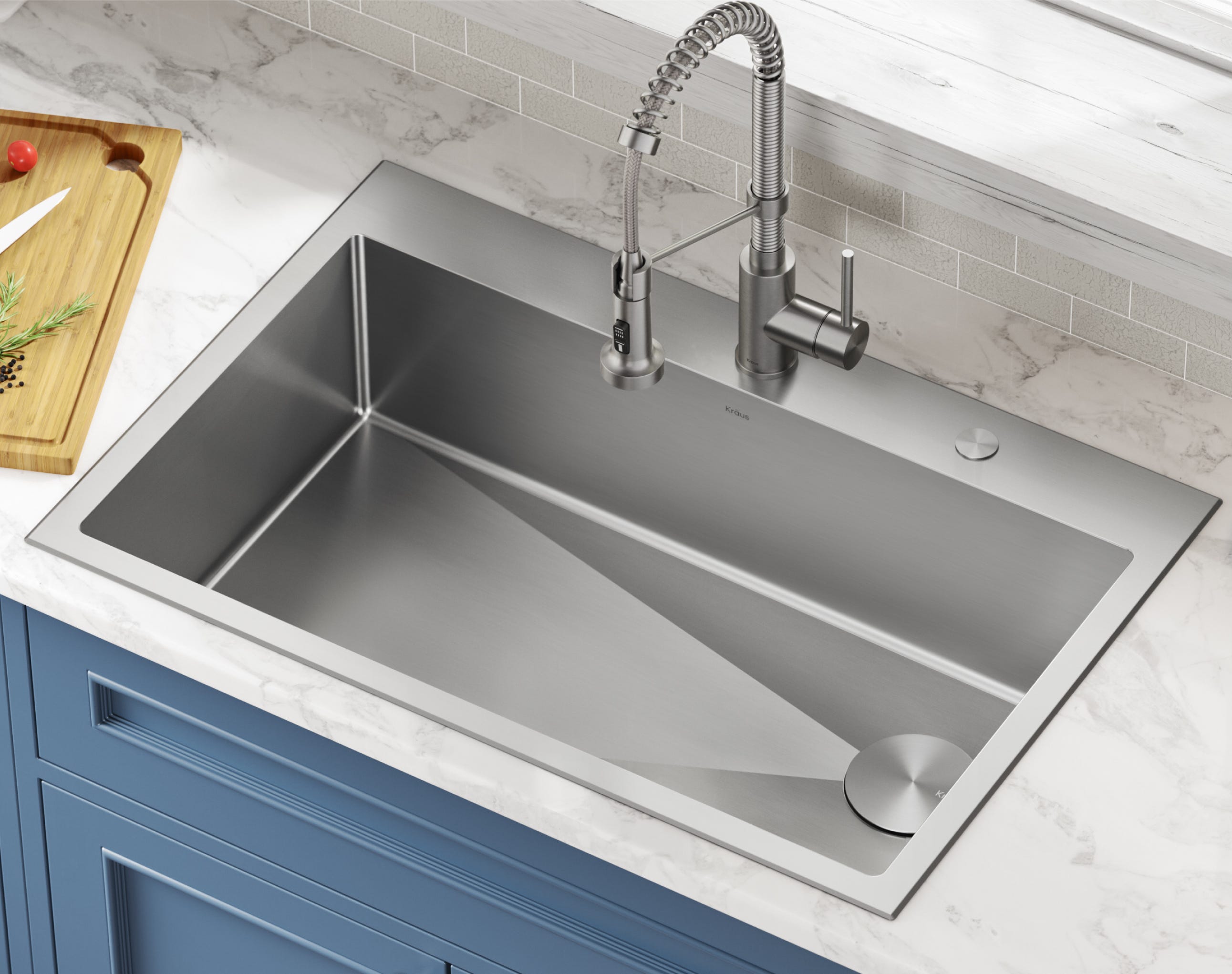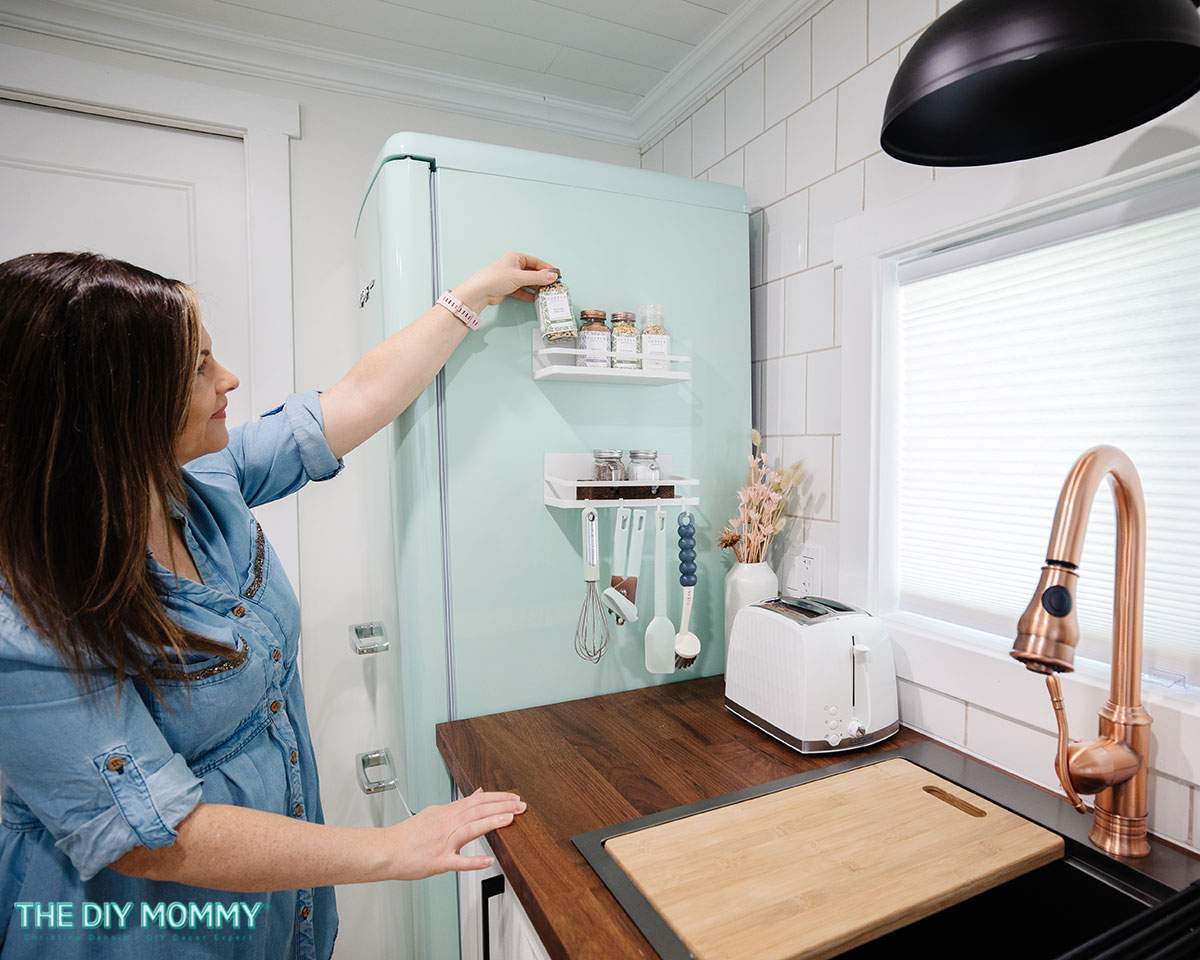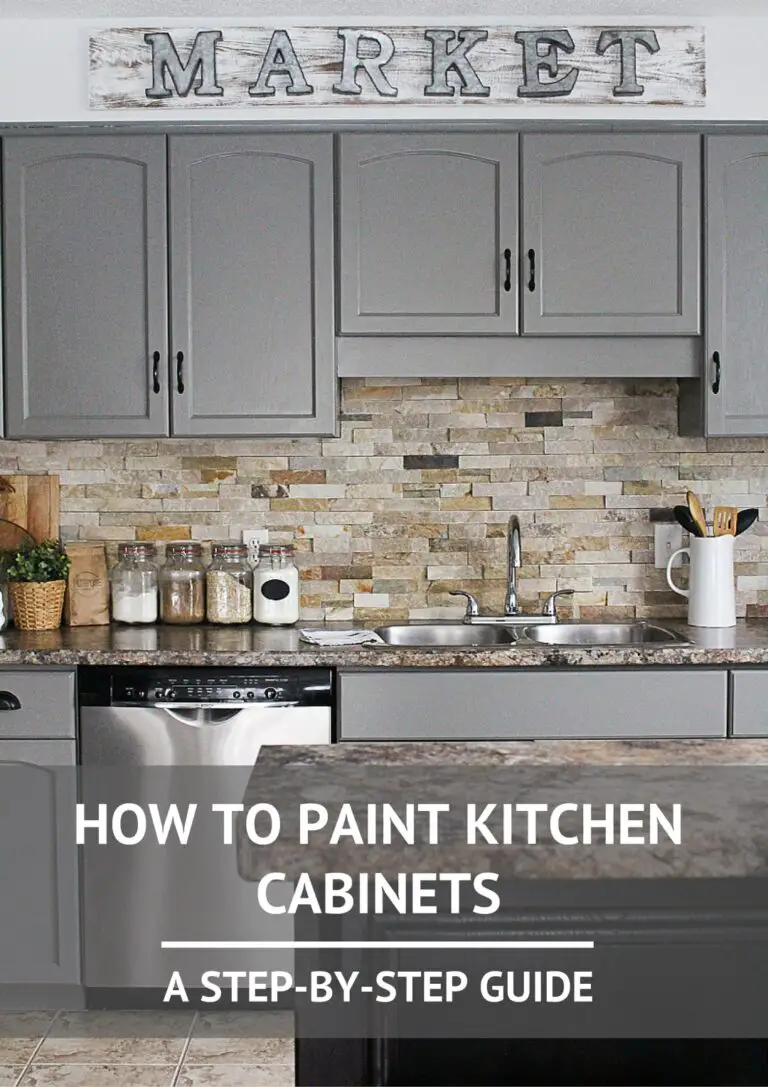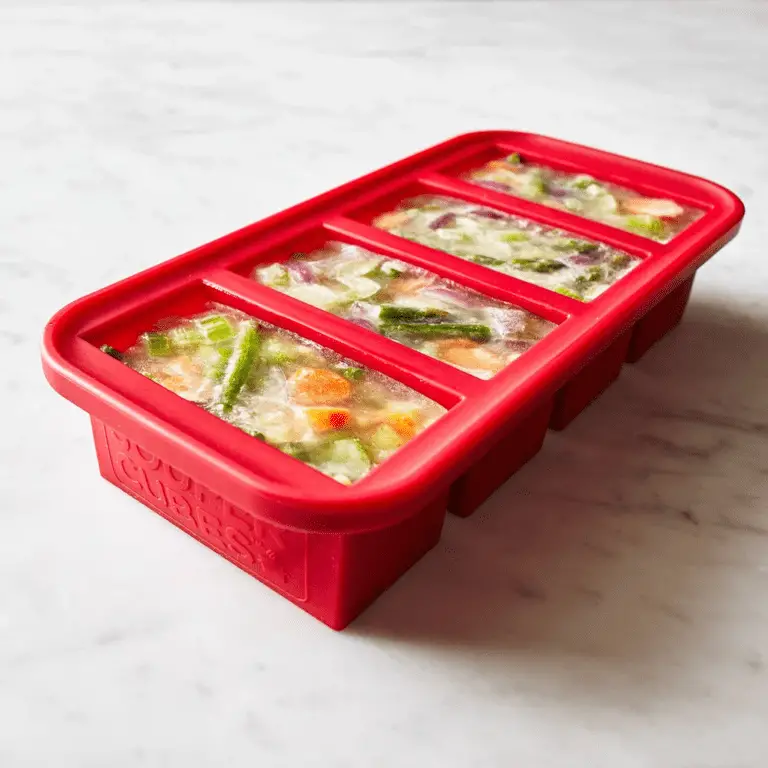How Small Can a Kitchen Sink Be? Optimize Tiny Spaces!
The smallest kitchen sinks typically measure around 15 inches wide and 15 inches deep. Compact bar sinks can be even smaller, with some as narrow as 12 inches.
Choosing the right kitchen sink size is crucial for both functionality and aesthetic appeal in your kitchen design. Small sinks are particularly popular in apartments, tiny homes, and other spaces where conserving room is essential. They can fit into tight spaces without compromising on the basic utility a sink provides.
While smaller sinks are efficient for limited tasks like washing hands or rinsing vegetables, they may not be suitable for larger kitchen chores. When considering a small kitchen sink, it’s important to balance the space savings with the practicality of the sink’s use. Quality, materials, and installation options also play vital roles in ensuring that even the tiniest kitchen sink meets your needs effectively.
Small Kitchen Sink Options
Exploring Small Kitchen Sink Options reveals a world of stylish, space-saving designs perfect for cozy culinary spaces. A sink is a kitchen’s focal point, and even with limited space, homeowners can find a sink that not only fits but also enhances their kitchen’s functionality and aesthetics.
Single Basin Sinks
Single basin sinks are ideal for compact areas. These sinks provide a deep, singular compartment that maximizes space without sacrificing utility. With dimensions starting as small as 15 inches in width, they easily integrate into a small kitchen sink with cabinet, ensuring a smooth blend with the surrounding decor.
- Undermount and top-mount installations
- Range of materials: stainless steel, composite, ceramic
- Variety of shapes: rectangular, round, square
Compact Double Basin Sinks
For those who multitask, compact double basin sinks offer the versatility of two separate basins in a condensed format. These sinks allow for washing and rinsing or prepping food simultaneously. Small kitchen sink sizes are tailored to fit even the narrowest of countertops.
| Basin Ratio | Overall Width | Depth |
|---|---|---|
| 50/50 | Minimum of 22 inches | 6-8 inches |
| 60/40 | Minimum of 24 inches | 6-8 inches |
| 70/30 | Minimum of 24 inches | 6-8 inches |
These small kitchen sink sizes are just a starting point. Custom options allow for a personalized touch to maximize every inch of kitchen space.

Credit: www.homedepot.com
Space-saving Designs
When kitchen space is at a premium, every inch counts. Space-saving designs for kitchen sinks are essential for small apartments, tiny houses, or any home where efficiency is key. Clever sink solutions can make a big difference, enabling you to enjoy a fully functional kitchen without the clutter.
Undermount Sinks
Undermount sinks tuck neatly under the countertop, creating a seamless look and saving precious counter space. They make cleanup a breeze, with no lip or rim to catch crumbs.
- Maximizes counter space
- Easy to clean
- Modern look
These sinks come in various small kitchen sink sizes to fit your needs. A small kitchen sink with cabinet underneath provides extra storage while maintaining a tidy appearance.
Corner Sinks
Corner sinks are a smart choice for the tiniest of kitchens. They make use of corner space that often goes to waste.
| Benefits | Description |
|---|---|
| Space Efficient | Utilizes corner areas |
| Extra Counter Space | Adjacent sides remain free |
| Unique Design | Adds character to the kitchen |
Corner sinks can pair with a small kitchen sink with cabinet for added functionality. They come in various shapes to fit your kitchen’s layout and style.
Materials For Small Sinks
Choosing the right material for your small kitchen sink is crucial. It affects durability, maintenance, and style. Let’s explore the best materials for small sinks, ideal for optimizing space without sacrificing quality.
Stainless Steel
Stainless steel is a top choice for small kitchen sinks. Here’s why:
- Lightweight: Easy to install in small kitchen sink with cabinet.
- Resistant: Stands up to rust and stains.
- Clean look: Offers a sleek, modern feel.
This material comes in various finishes, matching any kitchen style.
Composite Materials
Composite sinks blend natural stone and resin. Their benefits include:
- Durable: Resists scratches and dents.
- Color options: Available in many shades.
- Heat resistant: Handles hot pots and pans well.
These features make composites ideal for small kitchen sink sizes.
Remember, the material you choose impacts the longevity and functionality of your sink. Consider these options to find the perfect fit for your kitchen.

Credit: www.kraususa.com
Faucet Considerations
Choosing the right faucet for a small kitchen sink is crucial.
Size, functionality, and style all play a role.
Let’s explore the best faucet options for small kitchen sink sizes.
Single Handle Faucets
Single handle faucets are perfect for small kitchen sink with cabinet spaces.
They require less room and are easy to operate.
- Space-saving: Fits well in limited areas.
- Simple design: Offers a clean look.
- Efficient: Easy to adjust water flow and temperature with one hand.
Pull-down Sprayer Faucets
Pull-down sprayer faucets add versatility to small kitchen sink sizes.
They allow for easy rinsing and cleaning.
| Feature | Benefit |
|---|---|
| High-arc spout | More clearance for pots and pans |
| Retractable hose | Easy to maneuver and reach |
| Magnetic docking | Securely locks the spray head in place |
Maximizing Functionality
When space is at a premium, a small kitchen sink can be a smart solution. Maximizing functionality in a compact kitchen requires careful planning. The right sink can make all the difference in your daily kitchen tasks. It’s not just about finding a sink that fits; it’s about ensuring every inch serves a purpose.
Accessories For Small Sinks
Enhance the utility of a small kitchen sink with the right accessories:
- Collapsible dish racks save space when not in use.
- Cutting boards that fit over the sink provide extra prep area.
- Sink caddies keep cleaning tools handy but out of the way.
Optimizing Storage
Smart storage solutions make the most of your small kitchen sink with cabinet:
| Storage Idea | Benefits |
|---|---|
| Under-sink organizers | Keeps cleaning supplies tidy. |
| Pull-out drawers | Easy access to items in the back. |
| Door-mounted racks | Utilizes cabinet door space. |
By optimizing storage, even the smallest kitchen sink sizes can be highly functional.
Installation And Maintenance
Every inch counts in a tiny kitchen, making the installation and maintenance of a small kitchen sink crucial. With the right approach, a small kitchen sink can be both functional and easy to care for. Let’s dive into the essential tips for installing and maintaining even the smallest of sinks.
Diy Installation Tips
Installing a small kitchen sink with cabinet is a manageable project. Follow these steps for a smooth installation:
- Measure the area to ensure the sink fits.
- Check the compatibility with existing plumbing.
- Secure the sink according to the manufacturer’s guide.
- Apply sealant to prevent leaks.
- Connect the water supply and test for functionality.
Cleaning And Care
Maintaining a small sink involves regular cleaning and care. Here’s how:
- Wipe the sink after each use to prevent water spots.
- Use a non-abrasive cleaner to protect the surface.
- Rinse thoroughly to remove any cleaning residue.
- Inspect seals and drains periodically for signs of wear.
Remember, small kitchen sink sizes don’t mean less care. With consistent attention, your sink will remain a kitchen highlight.
Small Sink In Tiny Homes
Embracing the tiny home trend means making the most of every inch. The kitchen sink is no exception. Small sinks in tiny homes are a crucial feature, balancing functionality with space-saving design. Let’s dive into how these compact basins fit into pint-sized living spaces.
Adapting To Limited Space
Space is at a premium in tiny homes, and the kitchen area feels this most acutely. A small kitchen sink with cabinet becomes a centerpiece, offering a practical solution without occupying too much room. Homeowners must think creatively, opting for sinks that maximize the available area while still being fully functional.
- Choose corner sinks to utilize awkward spaces.
- Install deeper basins for more volume in a smaller footprint.
- Select foldable or sliding sink covers to extend counter space when the sink is not in use.
Innovative Solutions
Manufacturers understand the challenges of tiny home living. They craft innovative solutions to accommodate the need for a small kitchen sink. Small kitchen sink sizes vary, with some models designed to be as compact as possible without sacrificing utility.
| Feature | Benefit |
|---|---|
| Collapsible designs | Save space when not in use |
| Multi-functional accessories | Act as cutting boards or drying racks |
| Integrated storage | Keep cleaning tools neatly tucked away |
With the right design, a small kitchen sink can be a stylish and efficient feature in a tiny home’s kitchen. Creative solutions and smart sizing make it possible to enjoy the comforts of a full kitchen on a much smaller scale.

Credit: www.amazon.com
Cost Considerations
Choosing the right size for a kitchen sink involves budget planning. A small kitchen sink can vary in price. It depends on material, design, and brand. Small kitchen sink sizes and small kitchen sink with cabinet combos also affect cost. Let’s explore budget-friendly options and long-term value.
Budget-friendly Options
Finding a small kitchen sink that fits your budget is possible. Consider these points:
- Material: Stainless steel and acrylic are cost-effective.
- Size: Smaller sinks cut down on materials and price.
- Installation: Top-mount sinks usually cost less to install.
A small kitchen sink with cabinet can be a smart buy. These combos often come at a discount. Shop sales and clearance items for the best deals.
Long-term Value
Investing more initially can save money over time. Consider these factors:
| Feature | Benefit |
|---|---|
| Durability | Lasts longer, reducing replacement costs. |
| Efficiency | Saves water and energy, lowering bills. |
| Design | Enhances kitchen look, increasing home value. |
Choose a high-quality small kitchen sink for long-term value. It should match your kitchen’s needs and style. This choice pays off in the years ahead.
Frequently Asked Questions
What Is The Minimum Size For A Sink?
The minimum size for a standard sink is typically around 22 inches in length and 30 inches in width. For smaller spaces, bar sinks can be as compact as 15 inches square.
Is A 21 Inch Kitchen Sink Too Small?
A 21-inch kitchen sink is not necessarily too small. It suits small kitchens or as a secondary prep sink. Consider your space and usage needs to decide if it’s the right size for you.
What Is Considered A Small Kitchen Sink?
A small kitchen sink typically measures less than 24 inches in width and often fits in compact spaces.
How Small Can A Sink Be?
The minimum size for a sink is typically around 15 inches (38 cm) in width and 15 inches (38 cm) in length for small bathrooms or bar sinks.
What Is The Smallest Kitchen Sink Size?
Standard minimum kitchen sink sizes start around 9 inches in width, accommodating smaller kitchen spaces efficiently.
Conclusion
Selecting the right kitchen sink size is crucial for functionality and aesthetics. Smaller sinks can be a smart choice for compact spaces, offering efficiency without compromising on style. Remember, the minimum you might go is around 15 inches, balancing practicality and space-saving.
For your tiny kitchen, a well-chosen sink becomes not just a necessity but a statement of savvy design.









